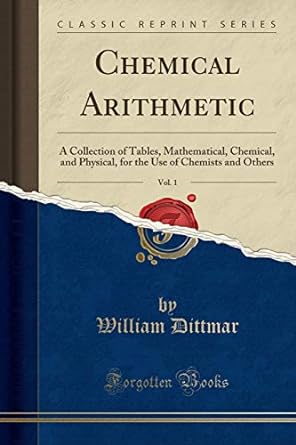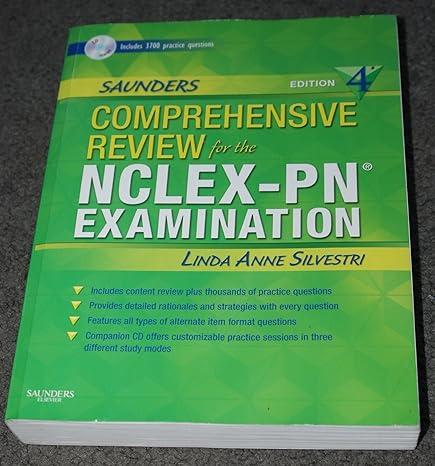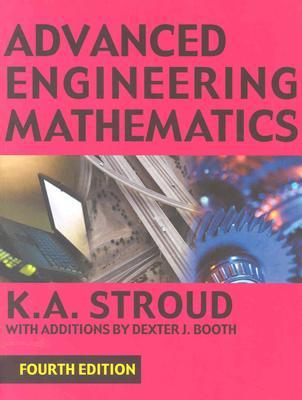Go back


Chemical Arithmetic Vol 1 A Collection Of Tables Mathematical Chemical And Physical For The Use Of Chemists And Others(1st Edition)
Authors:
William Dittmar

Cover Type:Hardcover
Condition:Used
In Stock
Shipment time
Expected shipping within 2 DaysPopular items with books
Access to 30 Million+ solutions
Free ✝
Ask 50 Questions from expert
AI-Powered Answers
✝ 7 days-trial
Total Price:
$0
List Price: $32.27
Savings: $32.27(100%)
Solution Manual Includes
Access to 30 Million+ solutions
Ask 50 Questions from expert
AI-Powered Answers
24/7 Tutor Help
Detailed solutions for Chemical Arithmetic Vol 1 A Collection Of Tables Mathematical Chemical And Physical For The Use Of Chemists And Others
Price:
$9.99
/month
Book details
ISBN: 1332769977, 978-1332769971
Book publisher: Forgotten Books
Get your hands on the best-selling book Chemical Arithmetic Vol 1 A Collection Of Tables Mathematical Chemical And Physical For The Use Of Chemists And Others 1st Edition for free. Feed your curiosity and let your imagination soar with the best stories coming out to you without hefty price tags. Browse SolutionInn to discover a treasure trove of fiction and non-fiction books where every page leads the reader to an undiscovered world. Start your literary adventure right away and also enjoy free shipping of these complimentary books to your door.
Book Summary: Excerpt from Chemical ArithmeticThe Reciprocal Table is simply a reprint of the one which formed part of the old'edition but, in correcting the proofs, instead of merely following that edition, I re  read all the reciprocals with Barlow's table, and, I am glad to say, found no error. A four-place table of reciprocals is a little ahead of a four  place table of logarithms in point of precision, and it is obviously the more convenient table of the two whenever the reciprocal is wanted for its own sake. Now, such cases occur nowhere more frequently than in practical chemistry. To give only one example, and there are plenty of analogous cases. Supposing we have found that 1 CC of standard solution A neutralises x CC of solution B, and we want to know the number of CC of A which corresponds to 1 CC of B. The reciprocal table gives the answer quite directly, and on this account more exactly than the logarithm table does.
Customers also bought these books
Frequently Bought Together
Top Reviews for Books
Smart Student
( 4 )
"Delivery was considerably fast, and the book I received was in a good condition."










